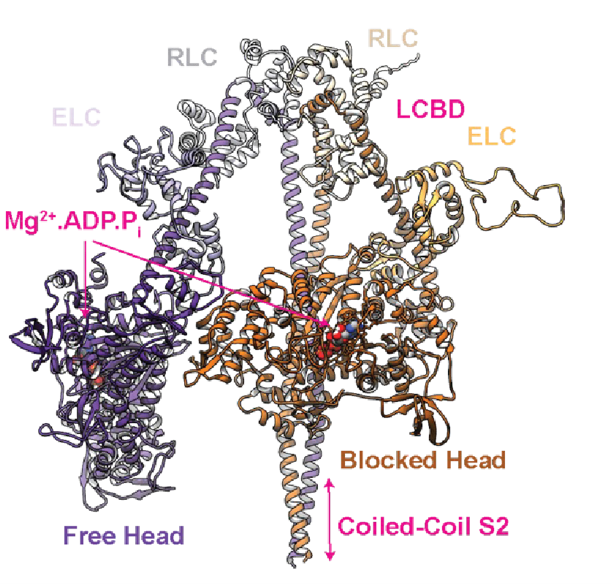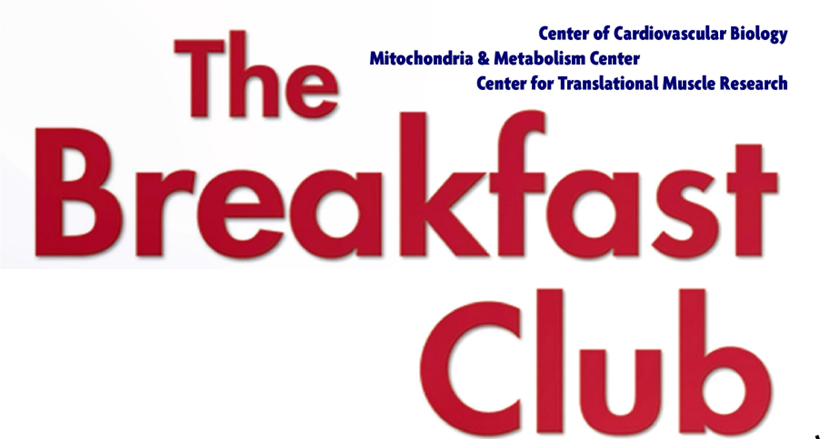Accelerating and expanding translational muscle research
The UW Center for Translational Muscle Research (CTMR) is funded by the National Institute of Arthritis and Musculoskeletal and Skin Diseases (NIAMS) to provide a unifying organization for muscle research in the heart of Seattle’s biomedical research community. The goal of the Center is to facilitate new collaborations, recruit new investigators, bring clinicians and researchers together, and provide access to state-of-the-art approaches in multi-scale biomechanics, metabolism, and quantitative-computational analysis, to accelerate translational research efforts at the UW.
Latest News:
Upcoming Events:
Sarcomere Society:
Online bi-weekly seminar series, Thursdays 8-9 am Pacific Time, covering current state-of-the-art research related to sarcomere structure and function.
To Subscribe to the Sarcomere Society email list and receive Zoom links to attend please click here.
Contact the Sarcomere Society Speaker Selection Committee – Drs Matt Childers & Joe Powers – to let us know about exciting new research you would like to present at an upcoming seminar (mcc7fb@uw.edu or powersjd@uw.edu)

May 8, 2025
Speaker: Abby Nagle, PhD Student Regnier & Davis Labs, Department of Bioengineering, University of Washington
Talk Title: Spatially Explicit Force Sensation due to Contraction at Cardiomyocyte Adhesions

May 22, 2025
Speaker: Dr. Matthew Childers, Research Scientist, & Kerry Kao, PhD Candidate, Regnier Lab, Department of Bioengineering, University of Washington
Talk Title: Computational and experimental study of ADP release from G256E myosin


Jun 5, 2025
Speaker: Dr. Kenneth Campbell, Professor of Cardiovascular Medicine & Physiology, Director of Translational Research, University of Kentucky
Talk Title: Computer modeling of sarcomere function and regulation in disease

The International Sarcomere Society Seminar Series was founded by Drs. Mike Regnier, Mike Geeves, and Bill Lehman.

Resource Cores
Mechanics & Devices Core
The Mechanics and Devices Core provides state-of-the-art measurements of muscle biomechanics at multiple levels of integration, and develops new assays for maturation and assessment of early stage muscle.
Metabolism Core
The Metabolism Core provides tools for in-depth measures and analysis of metabolomics, energetics, cell respiration and mitochondrial function.
Quantitative Analysis Core
The Quantitative Analysis Core provides computational and statistical tools for understanding disease, suggesting new
therapeutic targets, and understanding mechanisms.






